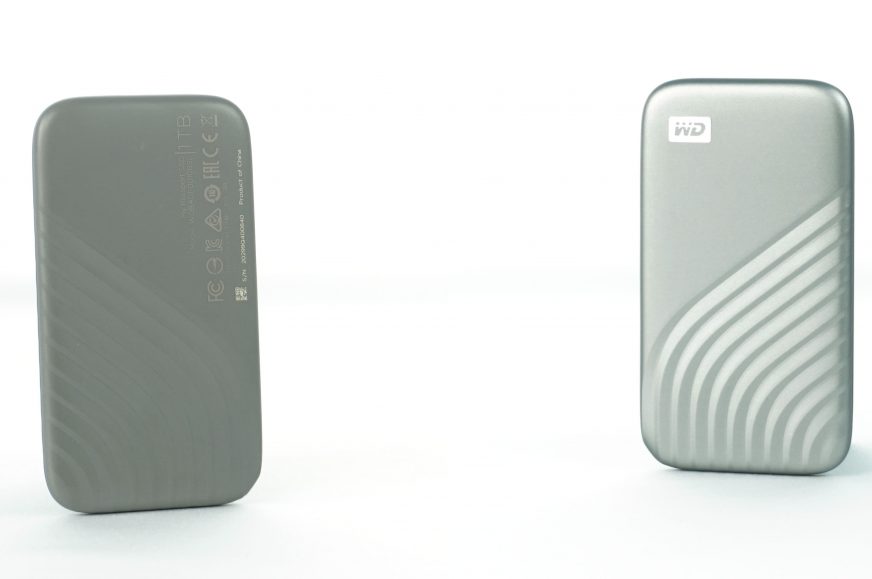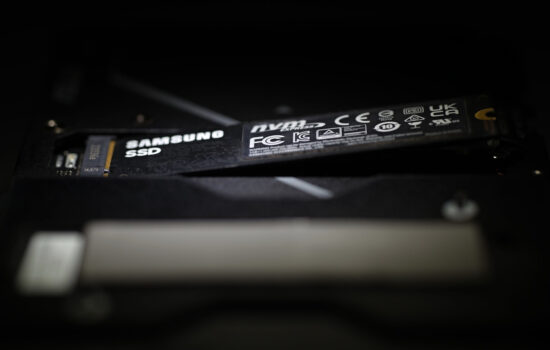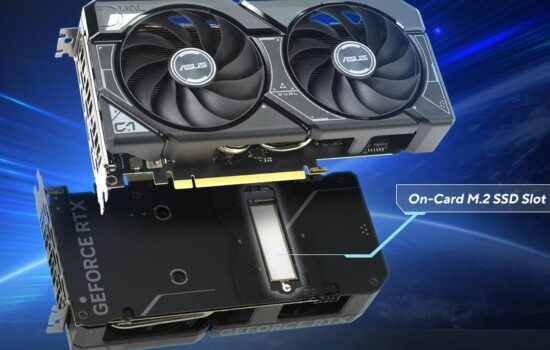Write
WD with the My Passport line is one of the largest manufacturers of external storage. I myself have three pieces with a capacity of 2–4 TB. In 2017, they launched the My Passport SSD, which belonged to the first generation of external SSDs. It impressed us mainly with its unique design and compact dimensions, but unfortunately it never got into my hands. However, this is now changing, as we have received an upgraded version with the same name for 2020.
Write: practical tests
As the Patriot PXD tests have already shown us, comparing the first and second generation of external SSDs is not very smart, as the speed differences are up to double. Therefore, we will focus more on comparing the novelty and the PXD. In the 9 GB, 24–36 MB and 427–1235 KB tests, there are minimal differences, at the level of 2.3 or 8%, which can be considered negligible. The results of 5–10 MB and 12–59 KB file tests are interesting. In the first case, the PXD experienced a large loss of performance due to the pSLC buffer. My Passport’s performance does not decrease and therefore offers up to 94% higher performance in this particular test. The opposite situation is in the test with the smallest files where PXD starred. The novelty in this test has only slightly higher performance than the T5 and SanDisk. This means that the writing took 17 minutes and not 20.
Write: synthetic tests
Synthetic write tests are almost fully in the hands of My Passport. Sequential write is again 8% faster and achieves great results in the 4K (64 threads) test, where it beats the PXD, being up to three times faster. The access time is almost the same, but the novelty lost by a hair in the 4K write test. However, the 2% difference is really small.










